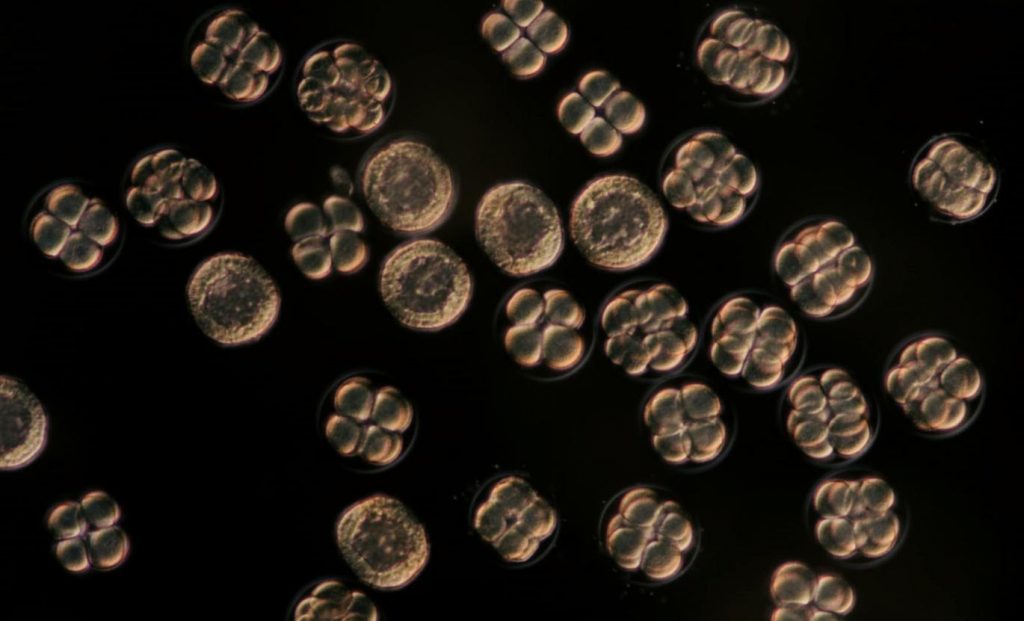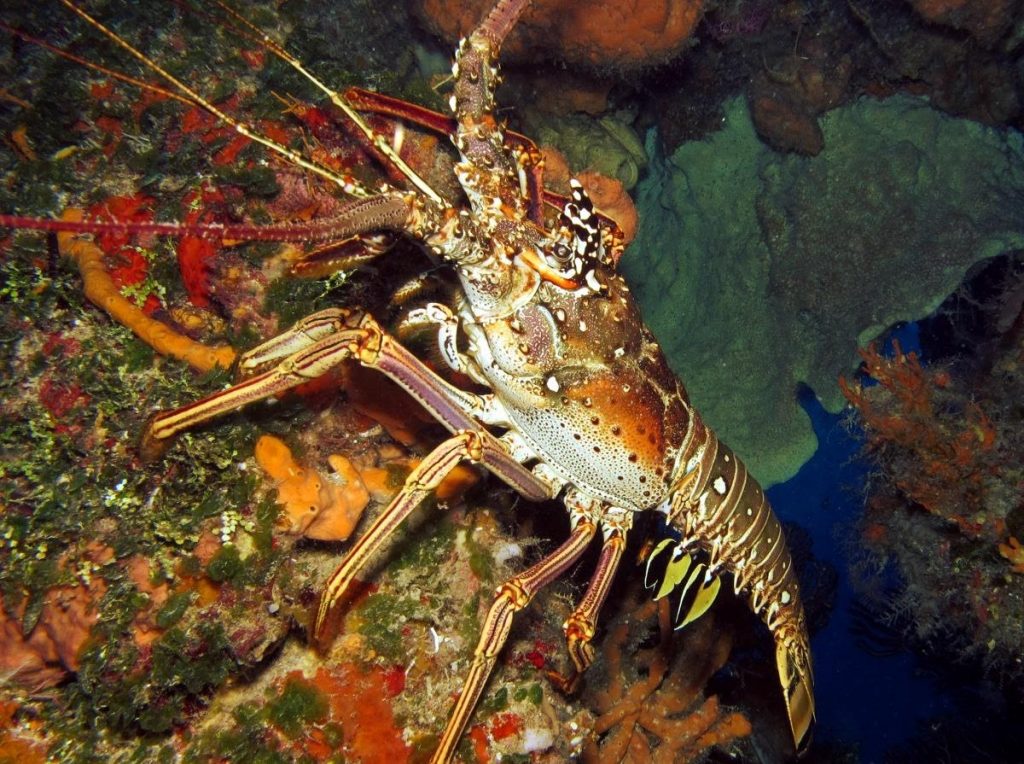To understand connectivity in marine populations, an explanation about modes of reproduction and development should be included. Most species of bony fishes and invertebrates like sea urchins, corals, and lobsters, usually spawn their sexual cells or gametes into the water, where fertilization will occur. The fertilized eggs will undergo a series of cell divisions known as the embryological development, until they form a larva. This stage will continue developing until it reaches a metamorphic stage, which will lead to a juvenile organism.
All these stages are microscopic and develop in the water column, so they drift with ocean currents. Like seeds that are dispersed by wind, larval stages disperse through the ocean before reaching metamorphosis. Since the spawn of gametes and fertilization to settlement or metamorphosis, these particle-sized creatures are being moved by several forces and can be carried far away from its spawn point. Fish might be able to migrate, although some coral reef fishes can reside in a reef and not move far from there. Invertebrates tend to be much less mobile, some even being sessile (like sponges and corals), so settlement determines where will an organism spend most of its lifetime and where will it be able to reproduce.

The source (spawning) and sink (settlement) points have a deep relationship through parents and offspring, known as connectivity. It is a broad concept and its definition may vary according to each study. For example, structural connectivity cares for bathymetric features and pathways that made it possible (or not) for a larva to settle, while genetic connectivity only studies which genes dispersed from the source point were able to reproduce in the sink point.
Demographic connectivity refers to the connection between populations located at different sites and its effects on demographic processes, like population growth or extinction/colonization of a site. Therefore, understanding of connectivity is also a requirement for population dynamics, the study of demographic changes of a species. By understanding how marine organisms can disperse through larval stages, it is possible to understand how places can be biologically connected. For an organism to settle, environmental conditions between spawning and settlement sites must be suitable for its early stages, and it can be acknowledged as a corridor in which more offspring can succeed to colonize a location. Conservation and management of natural resources may be improved with scientific evidence that supports which areas are connected, facilitating planning of marine protected areas within a region.
Studying planktonic stages in the ocean is an enduring task, so models are often used to analyze connectivity in the seascape. These models combine actual oceanographic conditions with biological information on the objective species. Lopera et al. (2020) combined regional oceanic model with a particle dispersal system, simulating hydrodynamic conditions over nine past years during each spawning period of the elkhorn coral Acropora palmata (1). Results showed that there could be connectivity of reefs within the Seaflower Biosphere Reserve, with connections being concentrated in the northern reefs (Bajo Alicia, Bajo Nuevo, and Serranilla). Also, during eight of the nine spawning periods, southern reefs were not sources of larval dispersion. This information helps us identify that high impact activities in northern reefs should be avoided during spawning and settlement season.

Another example can be set with the Caribbean spiny lobster Panulirus argus, a species of commercial interest. When studying sources and sinks of larval dispersal in the Caribbean, Kough et al. (2013) found that some countries work more as sinks than others, which means that these will have receive much more larvae than they export (2). Management actions for protection surely should be different when considering this; a site with less larvae will require better protection to conserve and maintain population dynamics of the spiny lobster.

A genetic connectivity cluster is supported in the Southwest Caribbean. Continent and islands are connected through a network of sinks and sources, and each relationship is different: some places are better sinks while others act better as sources. Although this does not mean that a place cannot act as both. For optimal use of marine resources, governments of each country should collaborate in establishing international integrative management strategies that allow responsible exploitation and conservation.
Data of interest:
Broadcast spawning in organisms like corals are synchronized with lunar phases and usually happens minutes after sunset. This synchronization is useful for dispersal, given that spring tides optimize dispersal.
Different species develop different types of larvae. Some can be planktotrophic, which means that they feed of plankton. Others can be lecithotrophic and feed off the yolk in its egg. There also exists a type of direct development, in which organisms develop directly into a juvenile.
References:
(1) Lopera, L., Cardona, Y., & Zapata-Ramírez, P. A. (2020). Circulation in the Seaflower Reserve and Its Potential Impact on Biological Connectivity. Frontiers in Marine Science, 7(June), 1–17. https://doi.org/10.3389/fmars.2020.00385
(2) Kough, A. S., Paris, C. B., & Butler IV, M. J. (2013). Larval Connectivity and the International Management of Fisheries. PLoS ONE, 8(6). https://doi.org/10.1371/journal.pone.0064970

